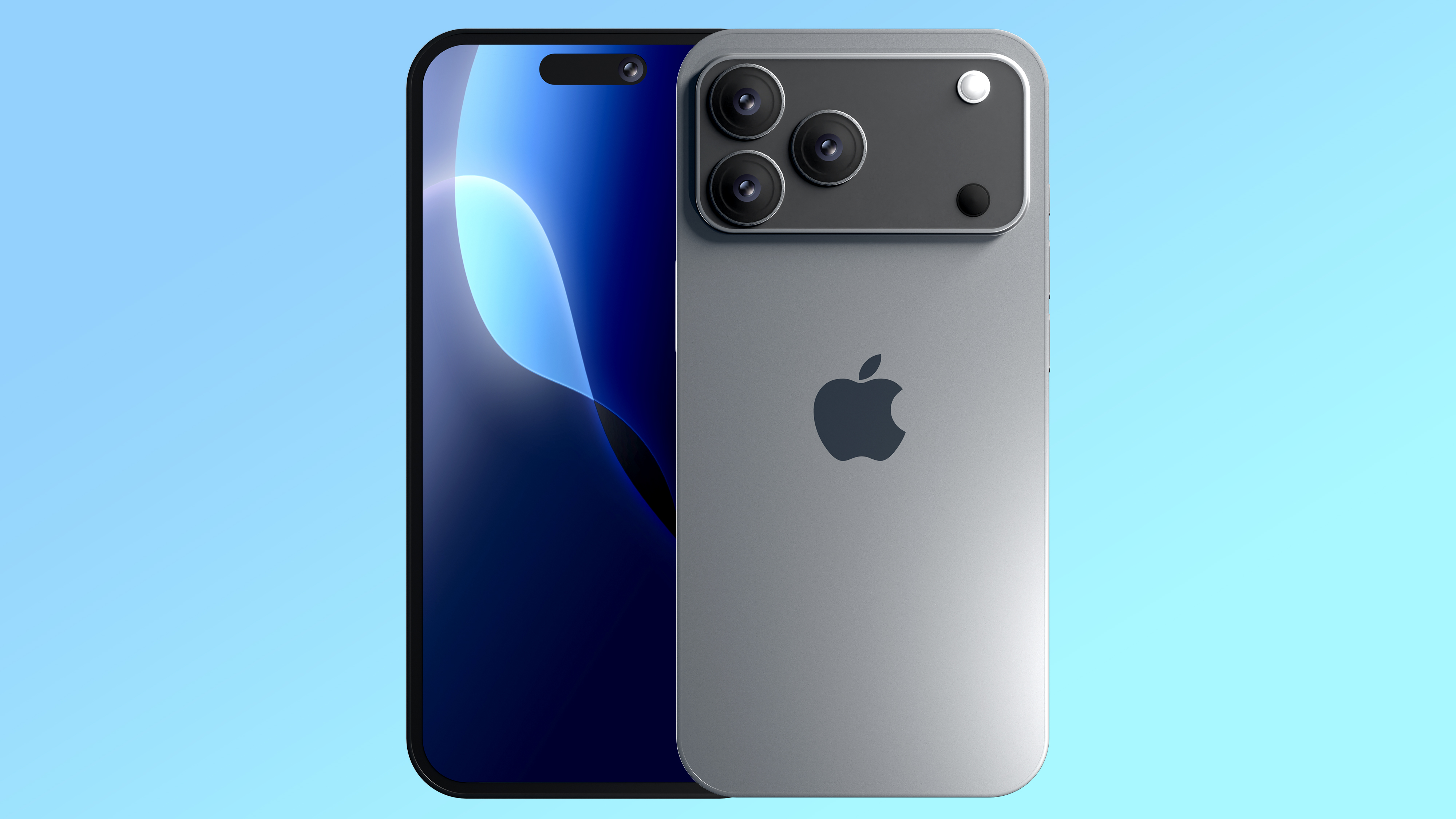This Wristwatch Can Control Devices with Your Mind! 😲

Imagine a world where your thoughts can control your devices. Sounds like sci-fi, right? Well, Meta is making strides towards this reality with their revolutionary wristwatch device that responds to hand gestures and even your thoughts!
In a recent blog post, researchers at Meta introduced a groundbreaking tool that looks like a simple wristwatch but is packed with cutting-edge technology. This Bluetooth-enabled device allows users to control their computers with their hands resting comfortably at their side, eliminating the need for traditional input devices like a mouse or keyboard.
Think about it: instead of typing, you could literally write letters in the air, and the device would recognize your movements. This innovation is powered by surface electromyography (sEMG), a non-invasive technique that detects the electrical activity of your muscles.
Meta expressed confidence in this technology, stating, “Based on our findings, we believe that surface electromyography (sEMG) at the wrist is the key to unlocking the next paradigm shift in human-computer interaction (HCI).” They even shared detailed findings in a research paper published in the prestigious Nature journal, outlining the intricate workings of this neuromotor interface.
What makes this tech even more exciting is the role of artificial intelligence and machine learning. The neural networks that drive this device have been trained on data collected from thousands of willing participants, making them adept at interpreting even the subtlest gestures. As Thomas Reardon, one of the researchers, pointed out in an interview with the New York Times, “You don’t have to actually move... You just have to intend the move.” This means that soon, your thoughts alone could command your devices to act.
This wrist device also holds promise for those with mobility challenges, offering a more accessible alternative to invasive technologies like Neuralink, which requires surgical implants. Instead, Meta's device operates externally, focusing on comfort and ease of use.
However, it’s crucial to note that while the promise of this tech sounds incredible, Meta hasn’t released specifics like the device's name, price, or a launch date. For now, it appears to be more of an experimental project rather than something ready for widespread consumer use. But who knows? The future might just be a thought away!


























